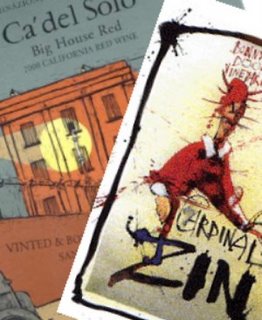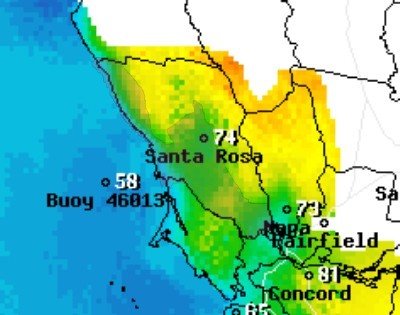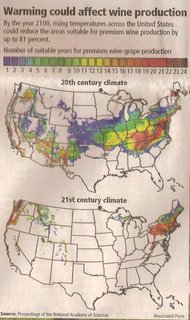Breaking News!!!

The word is out - Bonny Doon vineyards sells off Cardinal Zin & Big House Red!
The Wine Group (see the-biggest-wine-company-you've-never-heard-of from Feb '05) has purchased them for an undisclosed amount...an undisclosed amount that I hear has Randall Graham smiling quite broadly right now...
Read the release to find out what they say about their transaction, though I believe it has a two-pronged approach to it...
1) it cleaves a portion of the brand away which was not BioD (biodynamic) and was probably consuming much of his energy (when if recent appearances by Randall are the bellweather - he'd rather be espousing the dogma of BioD...
2) gives him a large war chest to carry out that very crusade...
It's interesting to note, however, that he hasn't sold off the PacRim wines, which he IS distancing and separating from the hallowed Bonny-Doon grounds by moving it up to Washington state...which I find rather curious...
And I mean this: as Randall positions himself continually in the Terroir camp, it seems antithetical to keep blending a wine which cannot, willnot show Terroir because it is blended from wines of both the EU and the USA!...or at least that's the story if you follow the arguments he makes while wearing the mantle of Terroirist Rex...but if he's looking at what makes good wine "good" and marketable - and Randall's quite savvy on that subject - it appears the blending of wines from around the world is not only acceptable, but quite profitable!
Labels: biodynamic, terroir













